
BLOG
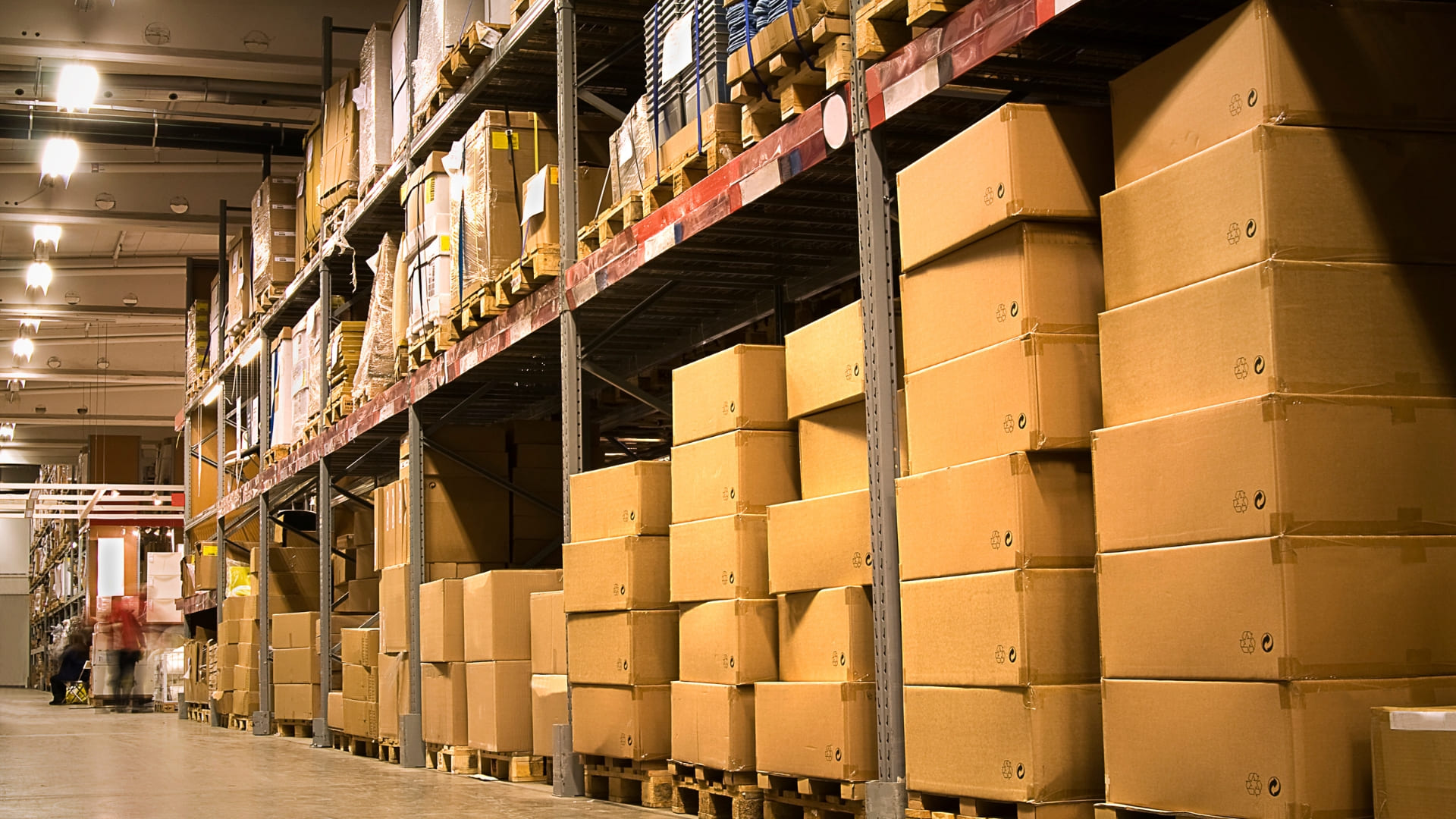
3PL (Third-Party Logistics) Warehouse Services encompasses a comprehensive understanding of the role and significance of third-party logistics providers in modern supply chain management. These 3PL Warehouse Service involve outsourcing various aspects of warehousing and distribution operations to specialized companies, known as 3PL providers. 3PL warehouse services offer a range of benefits to businesses, including enhanced efficiency, cost savings, scalability, and access to advanced technology and expertise.
In essence, 3PL warehouse services involve the storage, management, and distribution of goods on behalf of clients, allowing businesses to focus on core competencies while leveraging the capabilities of experienced logistics professionals. These services typically include receiving and unloading shipments, inventory management, order fulfillment, picking and packing, shipping, and distribution.
By partnering with 3PL Warehouse Service, businesses can optimize their supply chain processes, improve inventory visibility, and enhance customer satisfaction through faster and more accurate order fulfillment. Additionally, 3PL Warehouse Service enable businesses to adapt to changing market demands and scale their operations more efficiently, without the need for significant upfront investments in infrastructure or personnel.
Hiring a Third-Party Logistics (3PL) warehouse service can offer several benefits to businesses -
Outsourcing warehousing to a 3PL provider can often be more cost-effective than maintaining your own warehouse facility. You avoid the expenses associated with building or leasing warehouse space, hiring and training staff, purchasing equipment, and managing day-to-day operations.
By entrusting your warehousing needs to a specialized 3PL provider, you can focus your resources and attention on your core business activities such as production, marketing, and customer service.
3PL providers typically offer scalable solutions that can adjust to your business's changing needs. Whether you experience seasonal fluctuations in demand or sudden growth, a 3PL can adapt their services accordingly, providing you with the flexibility to expand or contract your warehousing space and services as required.
3PL providers often have access to advanced technology and expertise in warehouse management systems (WMS), inventory optimization, and logistics processes. By leveraging their knowledge and technology, you can benefit from improved efficiency, accuracy, and visibility within your supply chain.
A third-party logistics (3PL) warehouse service plays a crucial role in the supply chain management process. Here are some of the key responsibilities typically associated with a 3PL warehouse service :
Warehousing - The primary responsibility is to provide storage space for goods and products. This involves managing inventory levels, organizing storage layouts, and ensuring efficient use of space.
Inventory Management - 3PL Warehouse Service is responsible for managing inventory accuracy, including receiving, storing, and picking goods accurately. They also oversee inventory tracking systems to ensure real-time visibility of stock levels.
Order Fulfillment - This includes picking, packing, and shipping orders to customers or other distribution points according to predefined service level agreements (SLAs). The 3PL warehouse service ensures orders are processed accurately and delivered on time.
Distribution - 3PL Warehouse Service often handles transportation logistics, including coordinating shipments, selecting carriers, and managing transportation costs. They may also offer value-added services such as kitting, labeling, and packaging.
Outsourcing 3PL Warehouse Service operations to a third-party logistics provider can result in significant cost savings for businesses by reducing overhead expenses related to warehousing, labor, equipment, and technology investments.
3PL Warehouse Service offer scalability, allowing businesses to adjust storage space, labor, and transportation resources based on fluctuating demand, seasonal variations, or business growth without the need for significant capital investments.
Leveraging the expertise and specialized knowledge of 3PL providers in logistics and supply chain management enables businesses to benefit from industry best practices, innovative solutions, and efficient processes.
By outsourcing 3PL Warehouse Service operations, businesses can focus on their core competencies and strategic initiatives, allowing them to allocate resources more effectively and drive growth and innovation.
3PL Warehouse Service help improve operational efficiency and productivity by streamlining warehousing processes, optimizing inventory management, and enhancing order fulfillment capabilities.
Cost Efficiency - By outsourcing warehousing to a 3PL provider, businesses can save costs associated with owning or leasing warehouse space, as well as expenses related to staffing, equipment, and maintenance.
Scalability - 3PL providers offer flexible solutions that can quickly adapt to changes in demand, allowing businesses to scale their warehousing operations up or down as needed without major investments in infrastructure.
Expertise and Specialization - 3PL providers are experts in logistics management, leveraging their knowledge and experience to optimize warehouse operations, inventory management, and distribution processes.
Advanced Technology - Many 3PL providers invest in cutting-edge technology such as warehouse management systems (WMS), RFID tracking, and automation solutions, which can improve efficiency, accuracy, and visibility throughout the supply chain.
Advanced Technology - Many 3PL providers invest in cutting-edge technology such as warehouse management systems (WMS), RFID tracking, and automation solutions, which can improve efficiency, accuracy, and visibility throughout the supply chain.
Loss of Control - Outsourcing warehousing to a 3PL provider means relinquishing some control over critical aspects of the supply chain, such as inventory management, order fulfillment, and quality control.
Dependency on External Providers - Relying on a 3PL for warehousing services can create a dependency on external partners, making businesses vulnerable to disruptions or changes in the 3PL's operations, pricing, or service levels.
Communication Challenges - Coordination and communication between the business and the 3PL provider may pose challenges, leading to misunderstandings, delays, or inefficiencies in warehouse operations.
Limited Customization - While 3PL providers offer flexibility, their services may not always align perfectly with the unique needs and requirements of every business, resulting in limited customization options.
Cost Considerations - While outsourcing warehousing to a 3PL can save costs in some areas, it may also incur additional expenses, such as service fees, storage charges, and transportation costs, which can impact the overall profitability of the business.
Begin by evaluating your specific warehousing and fulfillment requirements. Consider factors such as your volume of shipments, types of products, storage needs, geographic reach, and any specialized services you may require (e.g., temperature-controlled storage, hazardous materials handling).
Conduct thorough research to identify reputable 3PL warehouse service companies that have experience and expertise in your industry and meet your specific requirements. Utilize online resources, industry directories, referrals from colleagues or business partners, and trade associations to compile a list of potential providers.
Review each potential provider's capabilities, services, and technology offerings to ensure they can meet your current and future needs. Look for services such as inventory management, order fulfillment, kitting and assembly, transportation management, returns processing, and value-added services. Assess their warehouse facilities, technology infrastructure, and operational processes to ensure they align with your requirements.
Evaluate each provider's industry experience, track record, and reputation within your sector. Look for customer reviews, case studies, and testimonials to gauge their reliability, responsiveness, and quality of service. Consider reaching out to their existing clients for references and feedback on their experiences with the provider.
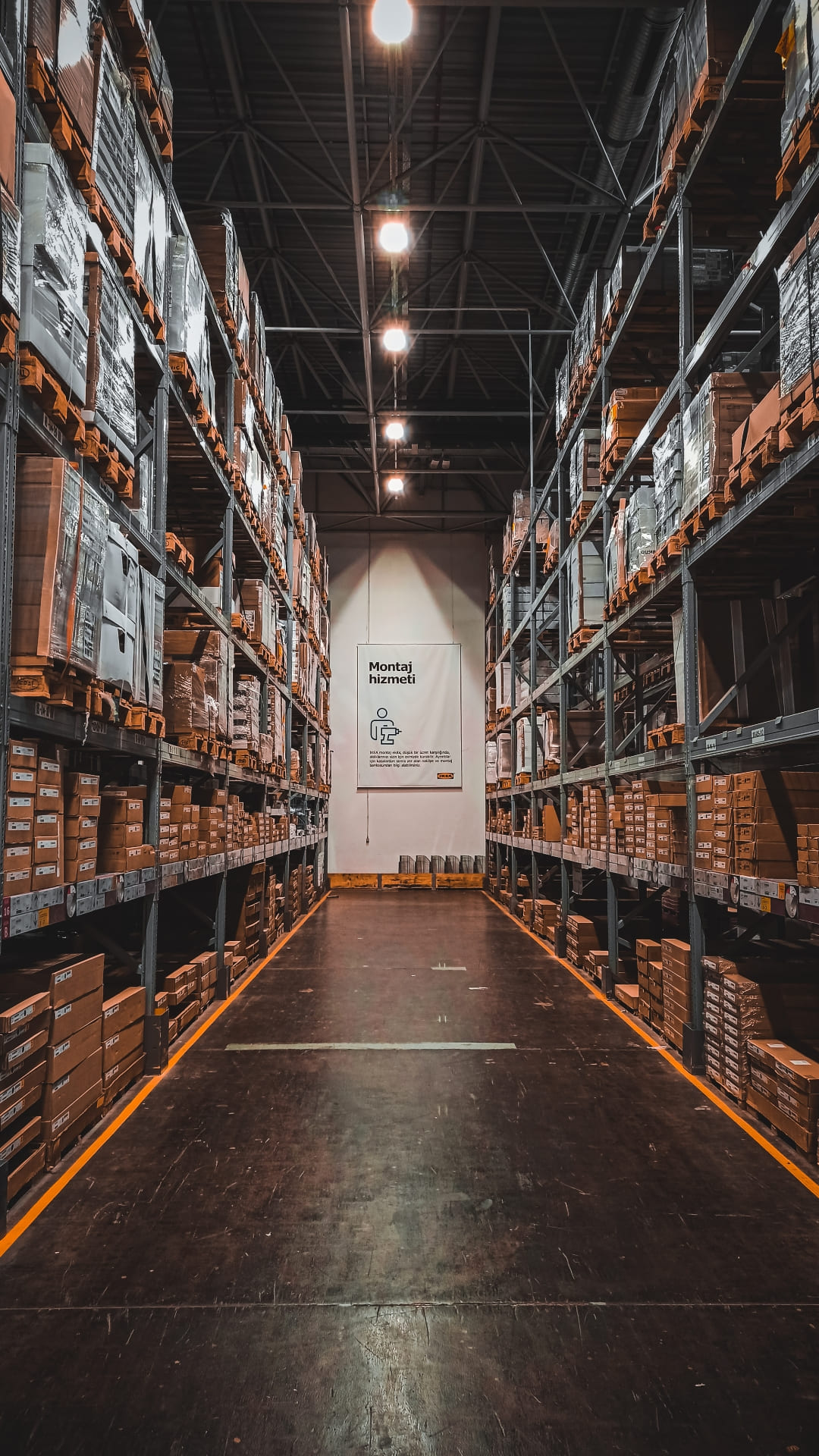
Understanding Third-Party Logistics (3PL) involves grasping the fundamental concept and role of third-party logistics providers within the broader context of supply chain management.
At its core, 3PL refers to the outsourcing of logistics and supply chain functions to specialized companies, known as 3PL providers. These providers offer a range of 3PL Warehouse Service that can include transportation, warehousing, distribution, freight forwarding, customs brokerage, and value-added 3PL Warehouse Service such as packaging and labeling.
The role of 3PL providers is to act as intermediaries between manufacturers, retailers, and end customers, facilitating the movement and storage of goods throughout the supply chain. By leveraging their expertise, infrastructure, and networks, 3PL providers help businesses optimize their logistics operations, reduce costs, improve efficiency, and enhance customer satisfaction.

These 3PL Warehouse Service involve the movement of goods from one location to another, including freight forwarding, trucking, air freight, ocean freight, and intermodal transportation.
3PL Warehouse Service offer warehousing and distribution solutions, including inventory management, order fulfillment, picking and packing, cross-docking, and last-mile delivery.
Freight forwarding services involve coordinating the transportation of goods across international borders, while customs brokerage services handle customs clearance and compliance.
Warehousing and Distribution : This type of 3PL Warehouse Service involves the storage, handling, and distribution of goods within warehouses or distribution centers. It includes functions such as receiving, inventory management, order fulfillment, picking and packing, and shipping.
Transportation Management : Transportation management services focus on coordinating the movement of goods between different locations, optimizing transportation routes, modes, and carriers to minimize costs and transit times. This may include freight forwarding, trucking, air freight, ocean freight, and intermodal transportation.
Inventory Management : Inventory management services encompass tracking, managing, and controlling inventory levels within warehouses or distribution centers. This includes activities such as inventory tracking, cycle counting, stock replenishment, and inventory optimization to ensure adequate stock levels and minimize stockouts.
Order Fulfillment : Order fulfillment services involve processing customer orders, picking, packing, and shipping products to end customers or retail locations. This includes order processing, order picking, packaging, labeling, and shipping, ensuring timely and accurate delivery of orders.
Receiving involves the acceptance and inspection of incoming goods or shipments from suppliers or manufacturers. This includes unloading trucks, verifying quantities and quality of received items, and recording receipt data in inventory management systems.
Putaway is the process of storing received goods in designated locations within the warehouse. This involves determining optimal storage locations based on factors such as item characteristics, storage capacity, and inventory turnover rates.
Inventory management encompasses the tracking, control, and optimization of inventory levels within the warehouse. This includes maintaining accurate inventory records, conducting cycle counts, managing stock levels, and implementing inventory replenishment strategies.
Order picking involves selecting and retrieving items from storage locations to fulfill customer orders or replenish stock. This may be done manually by warehouse personnel or using automated picking systems, such as pick-to-light or voice-directed picking.
Packing is the process of preparing items for shipment by packaging them securely and labeling them with relevant information such as shipping addresses, order numbers, and handling instructions. This ensures that goods are protected during transit and arrive at their destination intact.
Shipping involves preparing shipments for outbound transportation, including consolidating orders, generating shipping labels and documentation, and coordinating pickup or delivery with carriers. This ensures that orders are dispatched promptly and delivered to customers on time.
Cross-docking is a strategy used to streamline the flow of goods through the warehouse by transferring items directly from inbound to outbound vehicles without the need for storage. This helps reduce handling and storage costs, shorten order fulfillment times, and improve overall efficiency.
Returns processing involves managing the receipt, inspection, and disposition of returned goods from customers. This includes assessing the condition of returned items, determining if they can be restocked or require refurbishment, and processing refunds or replacements as needed.
Cycle counting is a method of inventory auditing that involves counting a subset of inventory items on a regular basis to verify accuracy and identify discrepancies. This helps maintain inventory accuracy, detect errors or discrepancies early, and minimize the need for time-consuming physical inventories.
Warehouse operations also involve ensuring the health and safety of warehouse personnel and visitors. This includes implementing safety protocols, providing training on proper handling of equipment and materials, and maintaining a clean and organized work environment to prevent accidents and injuries.
Compliance with OHS regulations is essential to create a safe working environment and prevent accidents, injuries, and occupational hazards. This includes implementing safety policies, procedures, and training programs to address potential risks and hazards associated with warehouse operations.
Establishing and enforcing safety protocols and procedures help mitigate risks and promote safe work practices among warehouse personnel. This includes guidelines for equipment operation, material handling, emergency procedures, and personal protective equipment (PPE) usage.
Ensuring the safety of warehouse equipment such as forklifts, pallet jacks, conveyors, and racking systems is crucial to prevent accidents and injuries. This includes regular maintenance, inspections, and training programs for equipment operators to operate machinery safely.
Implementing fire safety measures such as fire detection and suppression systems, emergency exits, evacuation procedures, and fire drills help minimize the risk of fire-related incidents and ensure the safety of warehouse personnel and assets.
Proper handling, storage, and disposal of hazardous materials are essential to prevent environmental contamination and protect the health and safety of warehouse personnel. This includes compliance with regulations governing the handling and storage of hazardous substances, such as chemicals, flammable materials, and dangerous goods.
A 3PL (Third-Party Logistics) warehouse is a facility where third-party companies handle logistics services for other businesses. These services can include storage, inventory management, order fulfillment, shipping, and receiving.
Our warehouse is strategically located in [City], California, providing easy access to major transportation routes, ports, and airports.
We offer a range of logistics services including storage, inventory management, pick and pack, order fulfillment, shipping, receiving, cross-docking, and returns management.
Yes, we have the capability to manage international shipping, including customs clearance and compliance with international shipping regulations.
We can store a variety of products including general merchandise, apparel, electronics, perishables (with climate-controlled storage), and hazardous materials (with proper certification).
We use advanced warehouse management systems (WMS) to track inventory in real-time, ensuring accurate stock levels, efficient order processing, and timely replenishment.
Our order fulfillment process includes receiving orders, picking products from inventory, packing them securely, and shipping them to the end customer. We ensure fast and accurate fulfillment to meet customer expectations.
Yes, our scalable operations and experienced staff allow us to efficiently handle increased volumes during peak seasons.
We utilize a state-of-the-art WMS, barcode scanning, RFID tracking, and automated material handling equipment to ensure efficiency and accuracy in our operations.
Yes, our system can integrate with major e-commerce platforms, ERPs, and other business systems to streamline the order and inventory management process.
Our warehouse is equipped with 24/7 surveillance, access control systems, and alarm systems. We also have stringent protocols in place to ensure the safety and security of your products.
Yes, we adhere to industry standards and regulations, including OSHA, FDA (for applicable products), and other relevant guidelines to ensure the highest level of service.
You can reach our customer support team via phone at [Phone Number], email at [Email Address], or through our website's contact form. Our team is available [Hours of Operation] to assist you with any queries.
Yes, we offer detailed reporting and analytics on inventory levels, order status, shipping performance, and other key metrics to help you make informed business decisions.
Our pricing is based on the specific services you require, including storage space, order volume, special handling, and other factors. Please contact us for a customized quote.
Yes, we offer flexible contract terms to suit the needs of different businesses, whether you require short-term or long-term solutions.
Yes, we welcome prospective clients to tour our facility. Please contact us to schedule a visit.
To get started, simply contact us via phone, email, or our website. Our team will discuss your specific needs and provide a customized logistics solution for your business.
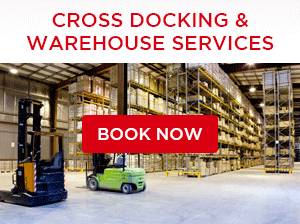
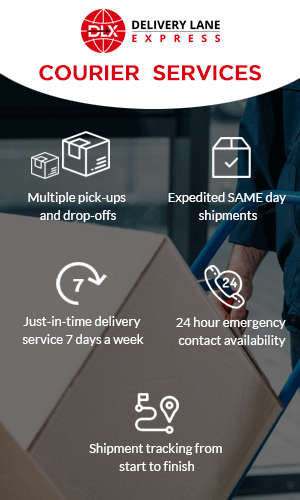

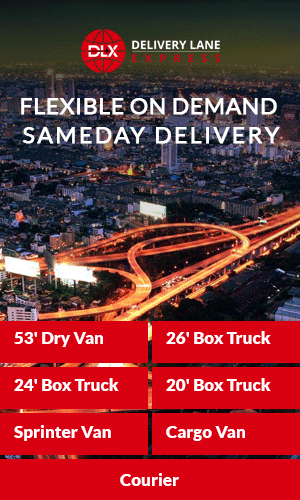
Copyright - All Rights reserved © Dlxpress
Powered by ITPL
